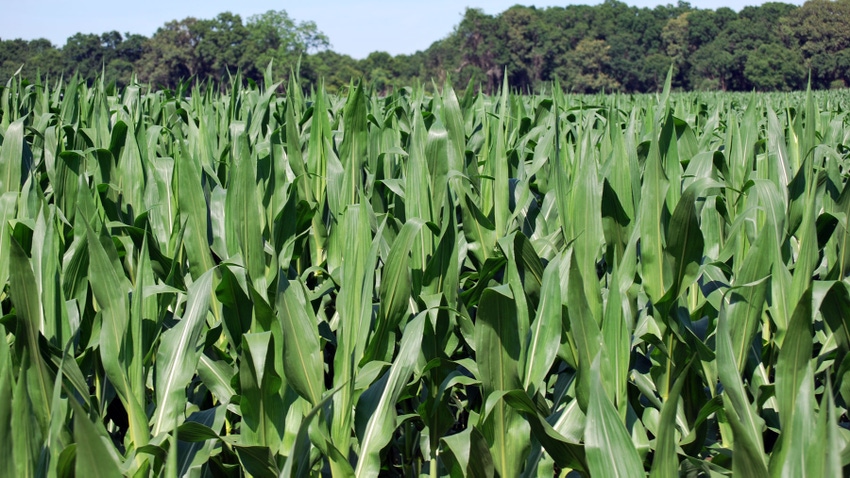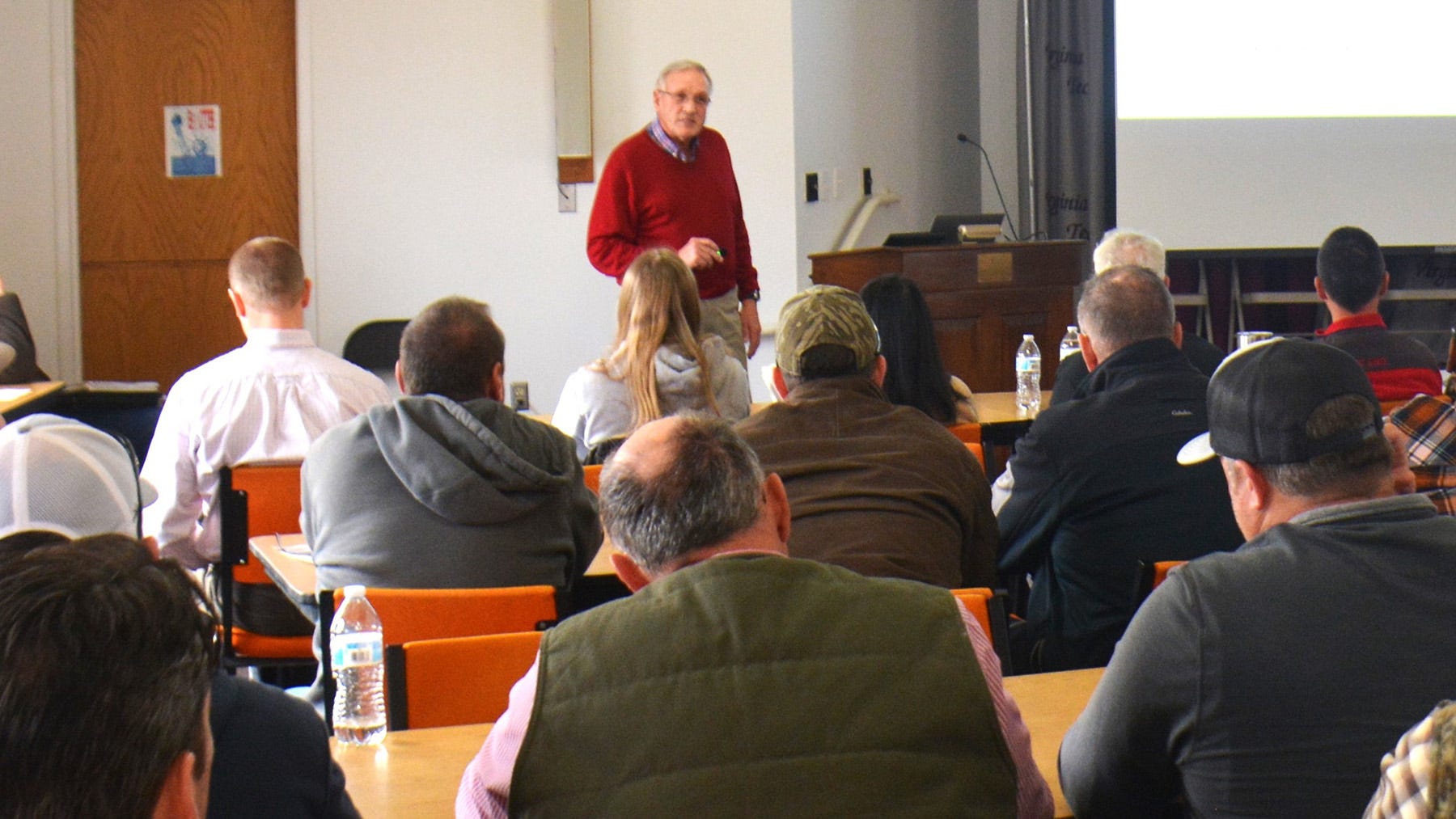
Corn farmers looking to maximize corn yields and kernel weight this year need to focus on the positive feedback loop of plant growth and development to make sure their crop achieves uniform emergence and rapid early growth.
Ron Heiniger, North Carolina State University Extension corn specialist, stresses that crops like corn need the right environment at planting to emerge from seed and immediately take up nutrients to stimulate cell division, achieve more roots and root growth to reach maximum yield potential.
If you do all of this, Heiniger says “you are off to the races” in helping that corn plant excel in growth and emergence to maximize yield.
At a soil fertility and crop nutrition workshop at the Tidewater Agricultural Research and Extension Center in Suffolk, Va. March 22, Heiniger made the trip north from his home base at the Tidewater Research Station in Plymouth, N.C. to offer guidance to Virginia corn farmers seeking to achieve higher yields.

Speaking at a soil fertility and crop nutrition workshop March 22 at the Tidewater Research and Extension Center in Suffolk, Va., North Carolina State University Extension Corn Specialist Ron Heiniger. Photo by John Hart.
A team effort
Heiniger emphasized that soil environment, seed depth, and nutrient availability all work together, no matter where you farm. He stressed that corn shouldn’t be planted either too shallow or too deep and that the right amount of moisture at planting is key to achieve the positive feedback loop to achieve maximum yields.
“It doesn’t take too much moisture to get a seed to germinate. This is one of our problems with getting off to a positive feedback loop. We get way too much moisture around that seed. We cut off the oxygen supply and any time that happens, that seed’s not going to grow,” Heiniger said.
Planting depth is critical. Heiniger said planting seed 3 inches, or more is too deep. He recommends a planting depth of 1.5 to 2 inches. He said the goal is to plant as deep as possible to achieve uniform emergence in five to seven days from your planting date.
Heiniger emphasized the importance of boron and zinc for root growth development. When you have high levels of phosphorus in your soil, you need enough zinc to allow the corn crop to utilize that phosphorus. Heiniger said your goal is a 30-to-1 ratio between phosphorus and zinc.
Heiniger said boron plays a role in getting energy into the kernel. He stresses not to apply in furrow because it will affect germination. He said boron needs to be banded and applied 2x2, and recommends that boron and zinc be applied at v5 or v6 in corn, with a quarter to a half pound of boron applied per acre.
Making the most of fertilizer
In essence, Heiniger said farmers need to manage their corn crop to find a way to get fertilizer to where the corn plant’s root system is located.
“If I can’t move my roots to where my fertilizer is, what else can I do? I can move my fertilizer to where my roots are,” Heiniger says.
Your goal is to make sure your corn plants utilize every single pound of fertilizer applied.
“Nothing is as efficient as a good start. It’s roots. It’s more important than ever with costs and prices that we have these days in producing commodities. We can make large gains by understanding that relationship in our management. How do I put my crop in the field? How do I apply my fertility utilizing that efficiency that comes from intercessing those roots.”
Read more about:
Early PlantingAbout the Author(s)
You May Also Like






